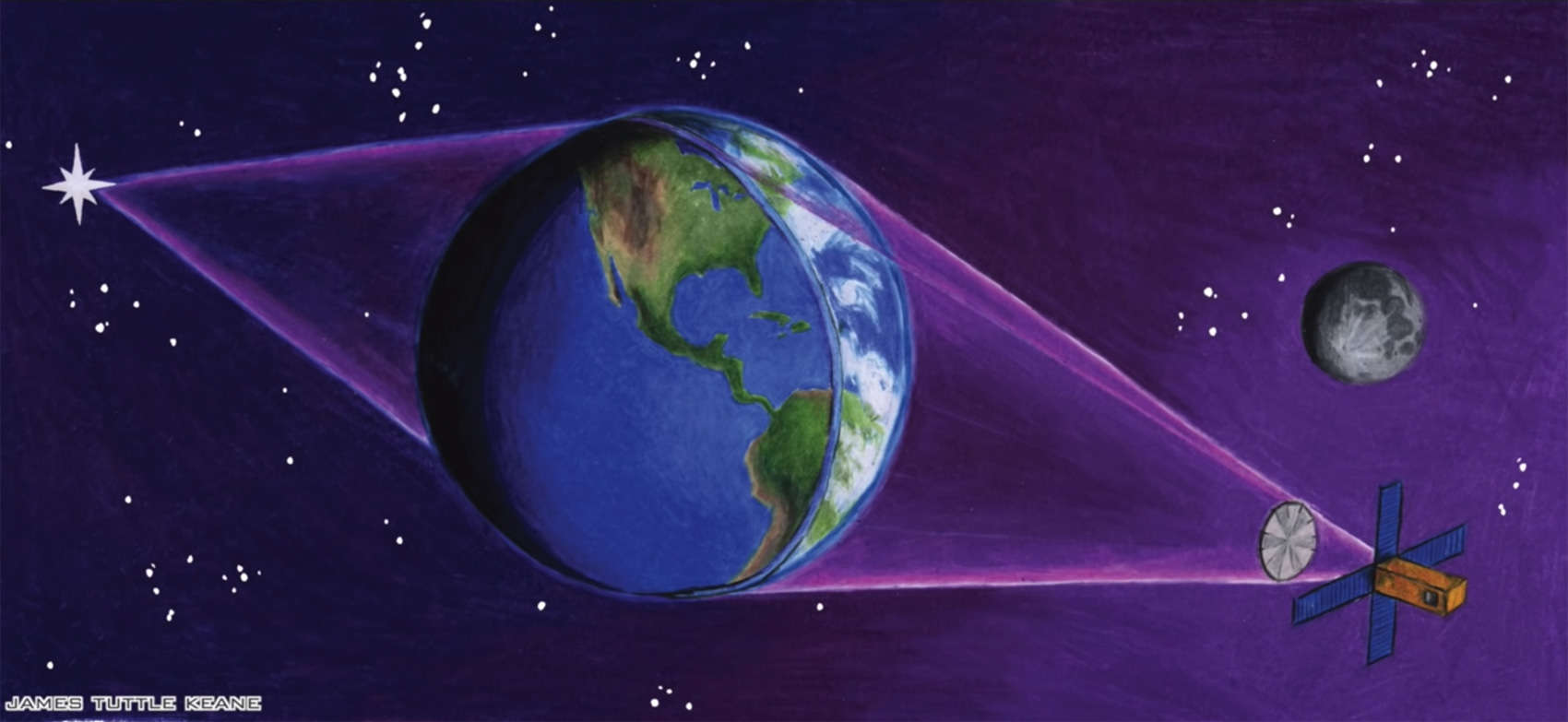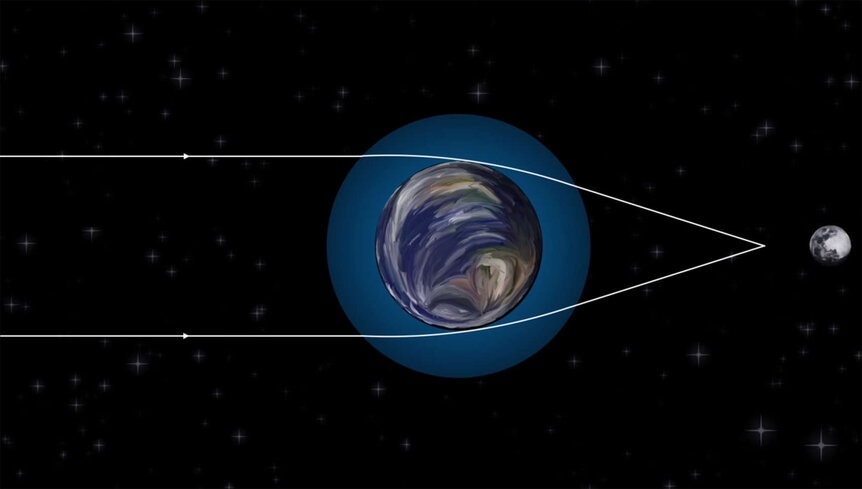Create a free profile to get unlimited access to exclusive videos, sweepstakes, and more!
Terrascope: The Whole Earth Telescope

One of the biggest problems is astronomy is a simple one: Not enough light. One of the reasons we make telescopes so big is to collect light to see faint things. The analogy is like a bucket in rain: The wider the bucket the more rain you collect. Photons fall from the sky, and the bigger your mirror the more light you collect.
It's hard to make big telescopes. Supporting a mirror bigger than 8 meters is hard, though making them segmented (like the James Webb Space Telescope) helps. Still, the cost is huge, and to make ‘scopes bigger than what we have now you have to start thinking in the billions of dollars. Ouch.
So astronomers get clever in ways to collect light. One of the most clever astronomers I know is David Kipping. I've written about his work a few times, including about his search for exomoons. Like so many others, he's a photon-starved astronomer, and he recently published an amazing concept to collect more light from cosmic objects: The Terrascope.
It's called that because it uses the Earth as a gigantic lens to focus light.
Yes, seriously. It's the Whole Earth Telescope.
He made a video explaining it:
A lens bends the path light takes (this is called refraction), so that a photon that would otherwise miss your camera gets directed into it. Again with a rain analogy: A raindrop that falls a meter away from you misses you, but if you could deflect (refract!) the path of that drop a little bit while it's still up high, it'll be aimed right at you, and you get wet.
In the case of the Terrascope, the lens is actually Earth's atmosphere. When light moves from one medium to another (like air to water, or space to air), its path bends a little bit. The amount it bends depends on the angle it enters and the stuff (what we usually call the medium) it's passing through. This is why the Sun (and Moon) looks flattened when it sets; the top part of the Sun is passing through less air than the bottom part, and in effect the light from those parts of the Sun get squeezed together, making the Sun look smaller vertically.
So a beam of light coming from a distant star, say, passes through Earth's air and its path bends. The most it bends is about a degree (twice the size of the Sun or Moon in the sky). Now imagine you're floating in space, with the Earth between you and that star. You can't see the star because the Earth is in the way. BUT if you are at just the right distance, the Earth's air will bend the light of the star right at you. The distance from Earth you need to be for this is about 360,000 kilometers, nearly all the way to the Moon.
Now think about this: From there, the Earth looks like a disk, and the air around it a thin ring. Any photon from that star hitting Earth's air at any point in that ring will get bent toward you. All those photons would miss you otherwise, but with Earth's air bending them you see lots of photons. That's exactly how a lens works.
I'll note that the header image of his Twitter account is a fanciful drawing of how this works.
This same effect also creates a phenomenon called a central flash, when an object with an atmosphere passes directly in front of a much more distant object and you get a sudden brightening of light when this eclipse (really, called an occultation) is at its midpoint. It's exactly the same effect I'm talking about here. It's been seen with Neptune's moon Triton blocking a distant star, as well as with Saturn's moon Titan doing the same thing.
So faint stars will appear much brighter because of the extra photons. The light amplification can be huge: For a one-meter telescope, it can be as much as a factor of 80,000! That's incredible. That's 10.5 magnitudes, for those who know their astronomy. A telescope like that could see objects down to Hubble-like faintness even better than Hubble.
It turns out there's a lot of physics involved here, which I've elided over. For example, the air above the Earth gets less dense (and in general colder) with height, and that affects refraction. It depends on the wavelength of light you're looking at as well. And placing a one-meter telescope that far from Earth has other issues, too. The Moon will get close enough that you'll have to do a lot of station keeping every month, for one. Clouds in Earth's atmosphere block light, which is kind of a pain, too, which greatly reduces the light you can see.
Also, you can only look at whatever is behind the Earth, so either you just look at stuff in the sky that happens to be there (and that changes all the time, repeating once a year as the Earth orbits the Sun) or you'll have to move your telescope a loooong way. Kipping goes into some of those problems in his paper.
He finds that a lot of these issues can be overcome simply by moving the telescope farther out. Put it about 1.5 million kilometers from the Earth, and the light that passes about 14 km above Earth's surface gets bent into focus. That avoids clouds, which is great, and most infrared light can pass through the air at that height, allowing that part of the spectrum to be observed as well.
At that distance, a one-meter telescope has the equivalent collecting power of a 150–meter telescope! Yegads. That's a lot of light, and the more light you collect from an object the better your data are. Which reminds me: You'll have to block the very bright Earth from your detector as well, but that's something we know how to do (using a coronagraph), and is likely just an engineering problem.
Is a Terrascope actually possible? Well, even Kipping is skeptical in his video — and by that I don't mean cynical, I mean scientifically skeptical, being careful to acknowledge the plusses and minuses of the concept. He notes there's a long way to go to figure out all the problems here, but it's very much worth proposing this idea to the community and seeing what happens. And if it does work, it'll be the coolest telescope flying.





























